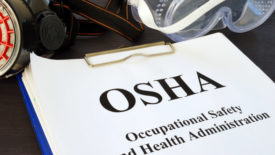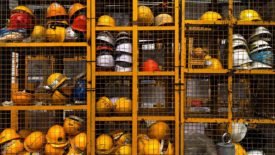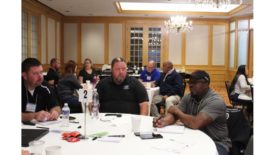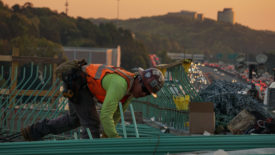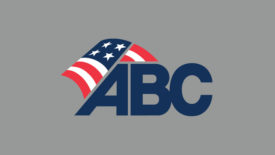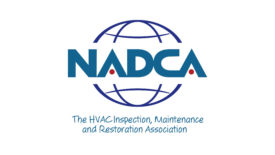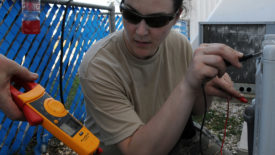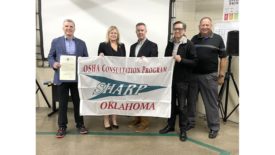Home » Keywords: » OSHA
Items Tagged with 'OSHA'
ARTICLES
OSHA's resources can guide small businesses in creating a culture of safety
Read More
Building a Safer 2024: Preparing for OSHA Compliance
Achieving and maintaining OSHA compliance requires a proactive approach
Read More
The Impact of a Safety Culture on Physical, Mental Wellbeing
The Unified Group discusses safety resources during 2023 Safety Directors’ Forum
November 11, 2023
Heat Stress: Don’t Underestimate the Impact on Workers
Sheet metal and HVAC companies are encouraged to use these resources or develop their own
Read More
OSHA Moves to Reimplement Obama-era Rule, ABC Responds
The final rule becomes effective on Jan. 1, 2024
July 17, 2023
An HVAC Contractors’ Guide to Passing an OSHA Inspection
Inspections and audits serve as the primary process whereby OSHA identifies safety hazards and unsafe practices in workplaces
Read More
How to Self-Audit Your Safety Program
SNIPS NEWS safety contributor Mike McCullion goes through a brief guide to safety program evaluations from the American Society of Safety Professionals.
Read More
NADCA Recognizes 2022 Safety Award Winners
The awards are based on regulations and recommendations from the U.S. Occupational Safety & Health Administration (OSHA).
April 6, 2023
Electrical Safety Program Essentials for Contractors
Compliance with the numerous codes, regulations and standards regarding electricity can be a daunting task. Here's where to start.
Read More
Copyright ©2024. All Rights Reserved BNP Media.
Design, CMS, Hosting & Web Development :: ePublishing
